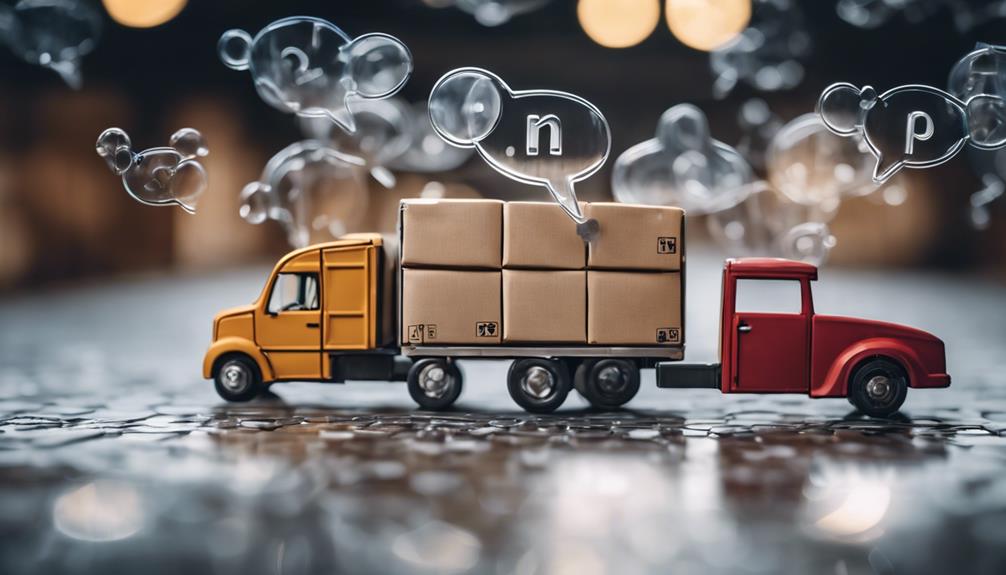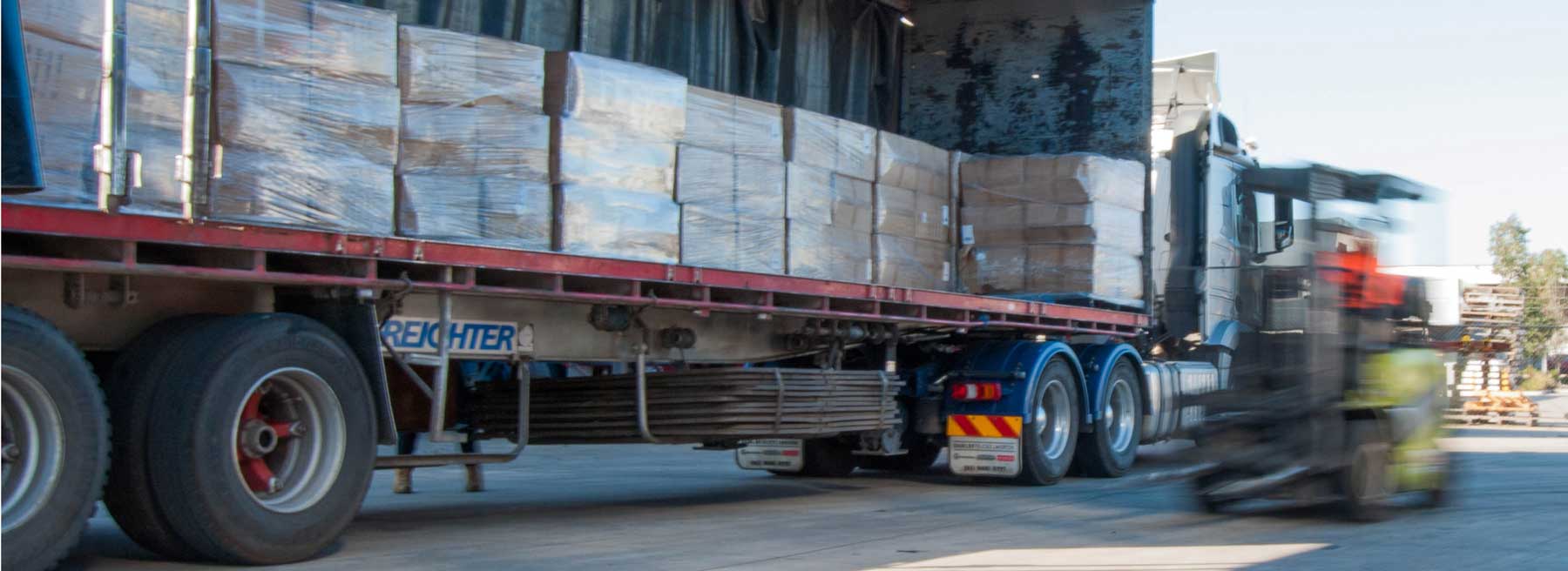Working with a third-party logistics (3PL) partner means trusting an outside company to help manage your shipping, storage, and delivery. That means good communication is a must.
To build strong 3PL communication channels, it’s important to set clear expectations and create a collaborative environment. Both should regularly check in with each other, share feedback, and solve problems before they get worse.
When communication flows well, you’ll see better efficiency, lower costs, and higher customer satisfaction. We’ll walk you through the simple ways to build clear and reliable communication with your 3PL provider. That way, you establish not only strong communication but also a lasting Melbourne 3PL collaboration.

1. Establish Clear Expectations and Goals
Effective communication begins with a clear understanding of what both parties want from the 3PL partnership. If your objectives are not aligned, it can lead to complications. By laying a strong foundation, you can minimise confusion and ensure smooth operations. To achieve this, consider the following key actions:
- Set clear expectations: Be specific about delivery schedules, order accuracy, and the returns process.
- Align on goals: Discuss your overarching objectives, whether it’s reducing costs, accelerating delivery, or enhancing customer service.
- Document everything: Document all decisions and updates. Using shared tools, such as Google Docs or project dashboards, can help prevent information from being lost or misinterpreted.
Implement a project management tool to track updates and keep everyone informed.
2. Utilise Multiple Communication Channels
When working with a 3PL, using the right communication tools can make a big difference.
Not every message needs a meeting, and not every update should be through a quick chat. The key is to choose the proper channel for the right purpose to keep things clear and avoid delays.
Here’s how to make it work:
- Consider your audience: Pick platforms that align with the preferences of the individuals you’re communicating with. For example, operations teams might prefer quick chats, while managers may appreciate more formal reports.
- Match the channel with your goal: Use emails for detailed reports and updates, as they are well-suited for conveying complex information. In contrast, messaging apps are ideal for urgent or day-to-day inquiries. Then, reserve video or in-person meetings for big-picture reviews or resolving complex issues.
- Leverage technology: Implementing a shared technology platform can enhance transparency, efficiency, and real-time data exchange between your business and its 3PL partners. Tools like warehouse management systems (WMS) and transportation management systems (TMS) are beneficial for sharing updates instantly. Also, the use of shared dashboards and tracking apps can help ensure everyone stays informed and aligned.
Establish clear guidelines for communicating during routine updates, urgent issues, or crises.

3. Foster Open Communication and Collaboration
Stable partnerships rely on honest, effective communication. When you and your 3PL work together like a team, it’s easier to solve 3PL issues and keep things running smoothly. This collaborative mindset leads to faster fixes and better long-term results.
Establish that connection by:
- Assigning a dedicated contact person: Have one person from your team and another from your 3PL to manage daily communication. This approach prevents confusion and ensures message consistency.
- Scheduling regular check-ins: Meet weekly or monthly to talk about progress, challenges, and what’s coming up.
- Encouraging feedback: Make it easy for both sides to share ideas, concerns, or suggestions without fear of judgment.
- Being proactive: Give early warnings about delays, stock issues, or changes in plans to avoid last-minute surprises.
Invite both your operations and leadership teams to attend regular reviews to ensure everyone remains aligned.
4. Establish Feedback Loops and Focus on Continuous Improvement
To keep your 3PL partnership growing and improving, regular feedback is key. When both sides share what’s working and what’s not, it’s easier to adjust, solve problems, and hit your goals faster.
The following are some good practices to implement:
- Conduct regular performance reviews: Evaluate key metrics such as order accuracy, delivery speed, and cost savings. Celebrate successes and work together to address any challenges.
- Solicit feedback from your 3PL: Request honest input about what works, what issues they are facing, and what support they need from you. Review this feedback together as a team and identify areas for improvement.
- Address issues collaboratively: Collaborate to identify the root cause and create solutions that benefit both parties. Also, discuss potential risks and develop contingency plans with your 3PL partner to prepare for peak seasons or disruptions.
Consider every feedback session as an opportunity to learn and improve.

5. Build Trust and Transparency
Building trust with your third-party provider makes everything easier. It cuts down on confusion, speeds up decisions, and helps both sides stick together through good times and significant challenges.
To build and maintain a trusting relationship, be sure to:
- Maintain an open dialogue: Share best practices, lessons learned, and improvement suggestions with your 3PL partner to enhance collaboration. This step develops a collaborative culture that deepens the alliance between entities.
- Invest in face-to-face interaction: In-person meetings are personal and engaging, making it easier to communicate complex ideas and promote understanding.
- Build rapport: Don’t treat your 3PL provider like “just a vendor.” See them as part of your team. A little respect goes a long way.
- Celebrate shared successes: Take time to recognise wins, whether it’s faster deliveries, a successful product launch, or seamless holiday shipping. Celebrate together and give credit where it’s due.
A quick thank-you note now and then can boost morale and keep the partnership healthy. Small gestures make a big impact.
How to Address 3PL Communication Challenges
Good communication is key to a strong 3PL partnership. If things aren’t flowing smoothly, it’s time to inspect and make improvements. Here’s how you can tackle common communication issues:
- Spot the Gaps: Review past messages and ask for feedback to see where delays, confusion, or missed info may be happening.
- Act Quickly: Set up clear steps for resolving issues and make sure your team knows who to contact when something needs fixing.
- Use the Right Tools: Choose communication methods that improve transparency, teamwork, and trust between partners.
- Stay Flexible: Communication needs to grow with your business. Be ready to adjust your approach as your needs change.
With these steps in place, you’ll build a stronger, more reliable 3PL partnership.
Take the Next Step Towards Stronger 3PL Communication
Clear, consistent, and open communication sets successful 3PL partnerships apart. By establishing clear expectations, using the right tools, working closely together, sharing feedback, and building trust, you create a solid foundation that helps your business grow.
As a result, strong communication leads to better performance, fewer delays, and a more successful partnership that supports your goals.
If you need expert help to boost your 3PL success, contact Effective Logistics on 03 8376 3300 or visit our contact page.

